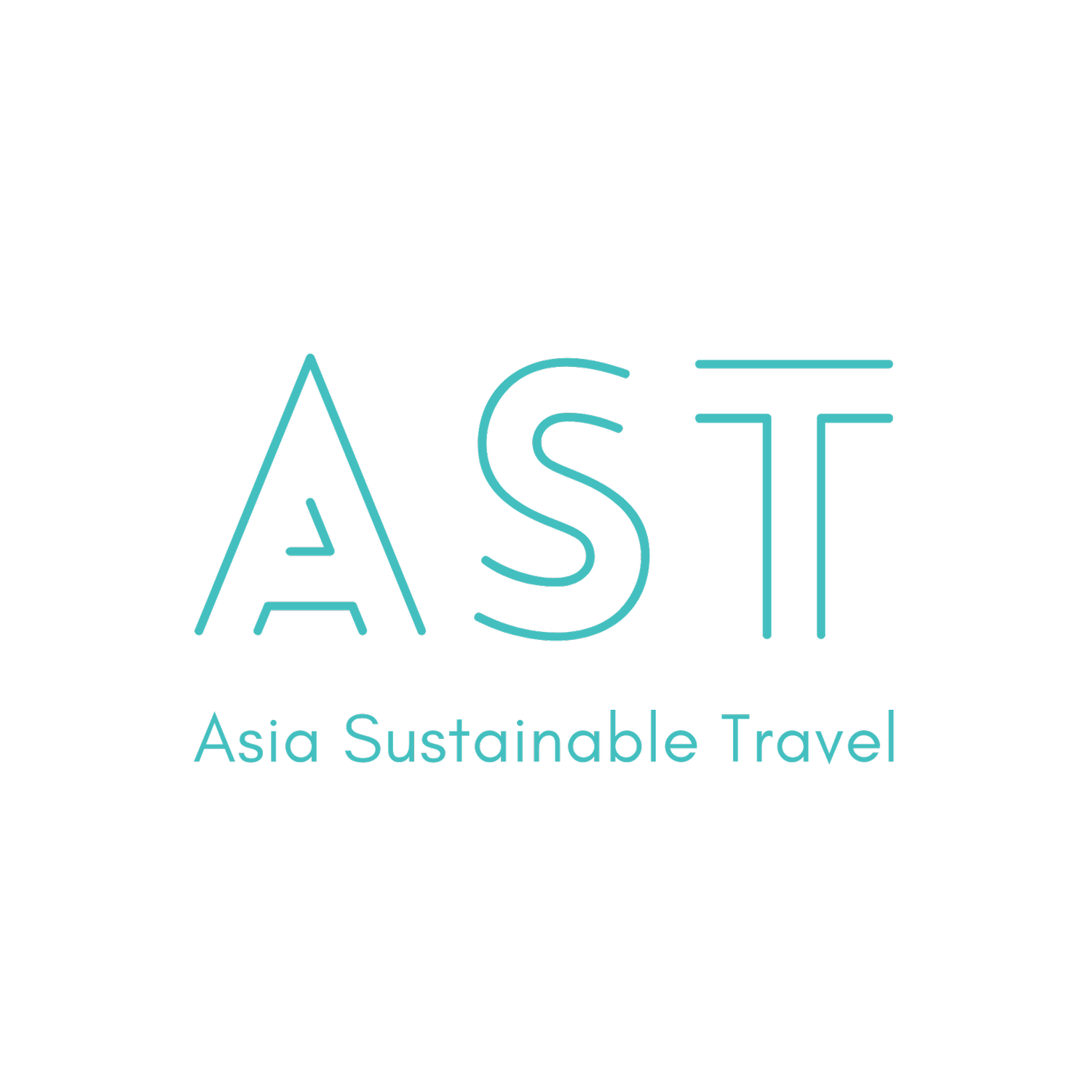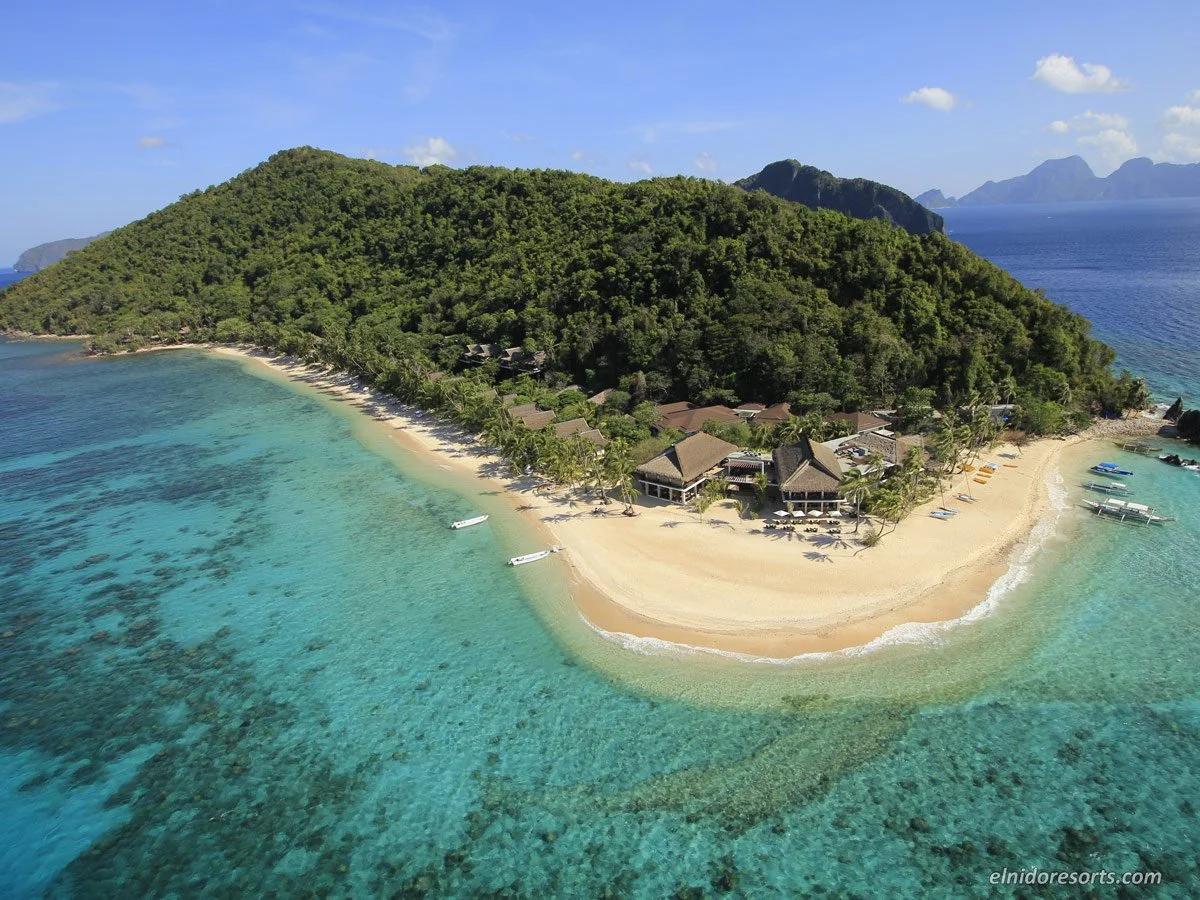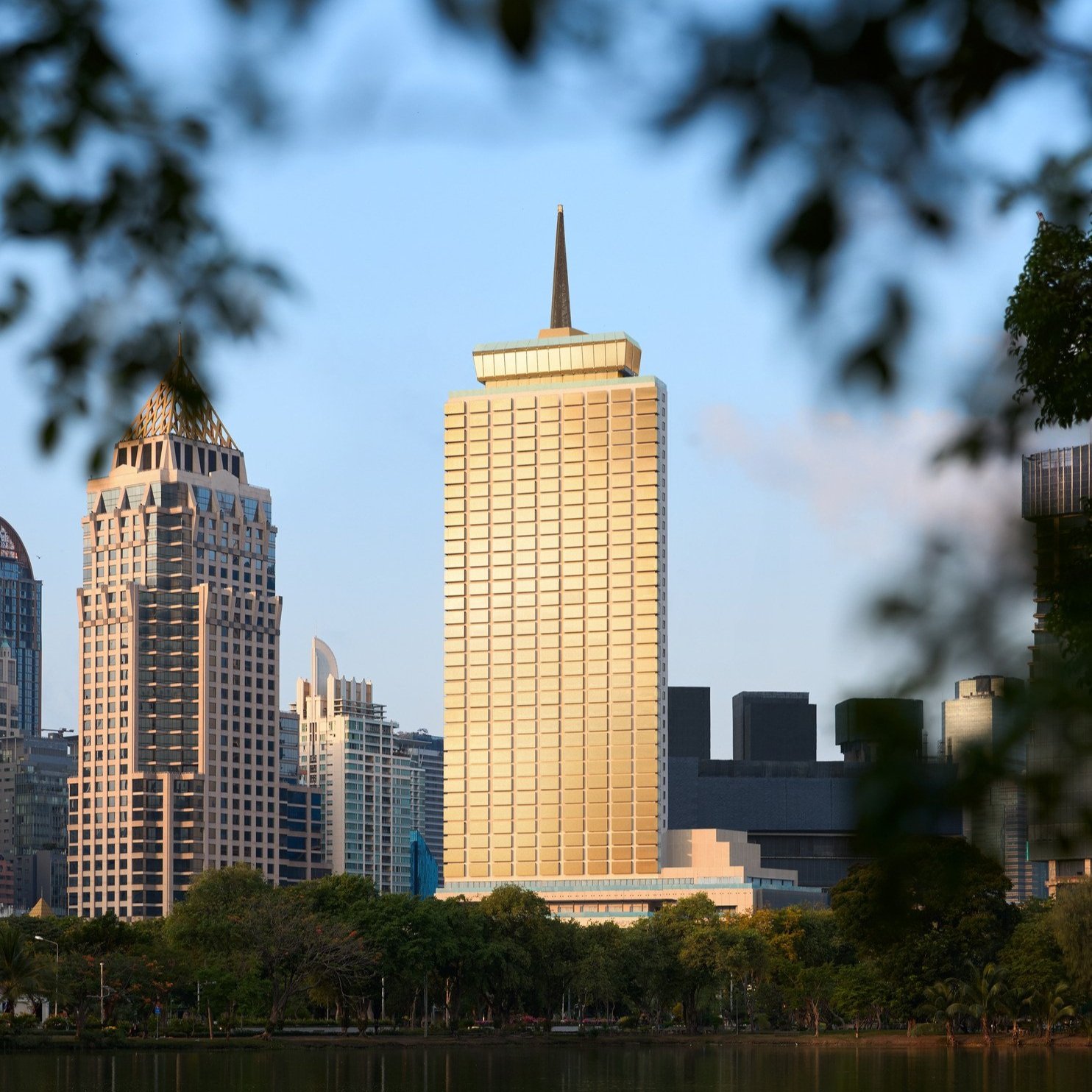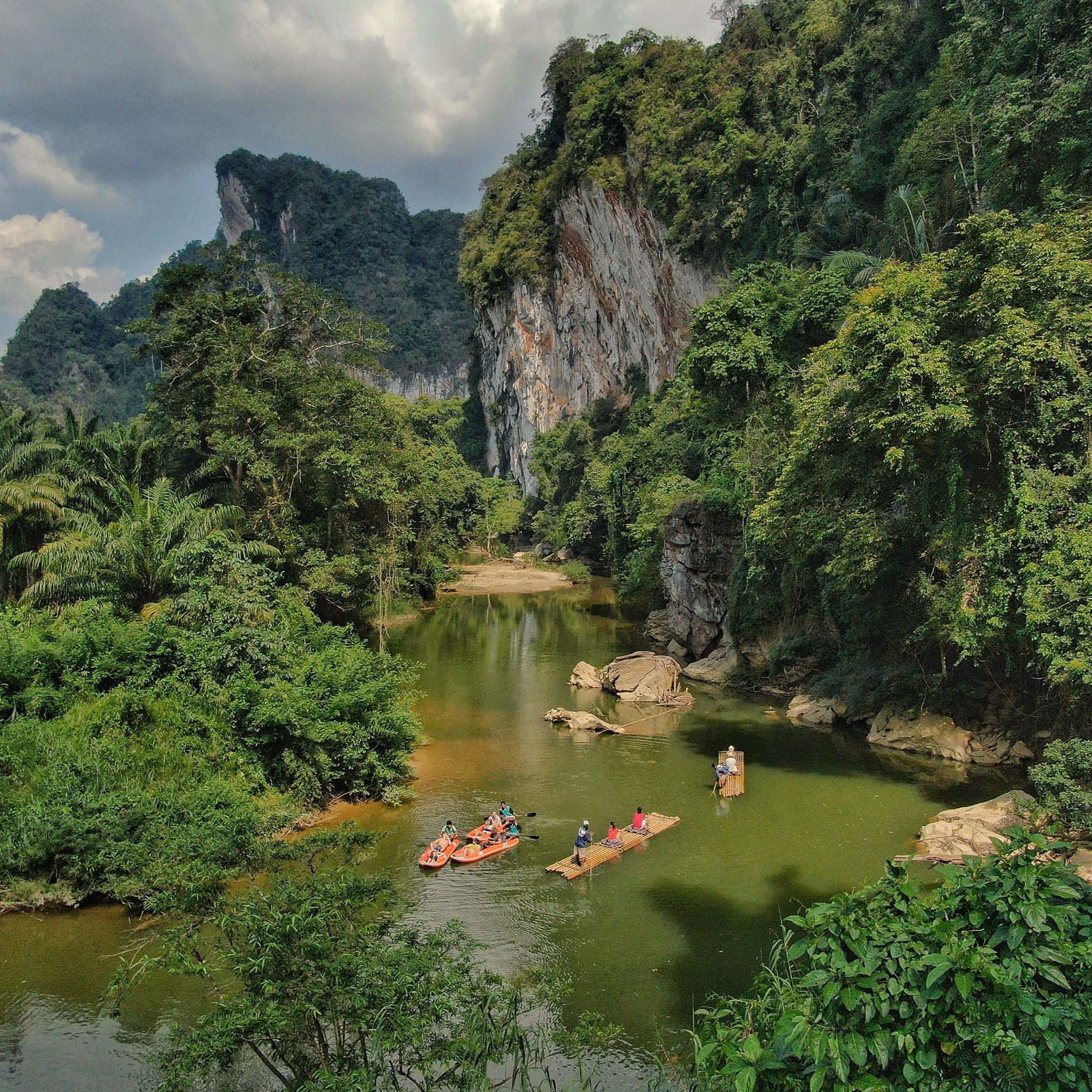Can Regenerative Travel Revolutionize Southeast Asia’s Tourism?
Pangulasian Island, El Nido Resorts’ Eco-Luxury Island. Photo: El Nido Resorts
Tourism has long been criticized for its detachment from local communities, and this detachment is causing harm to the industry.
Bobby Nguyen, Founder and Chairman of Rustic Hospitality Group in Vietnam, recognized this problem and suggests that regenerative tourism is the answer.
“Regenerative tourism aims to create experiences and conditions in destinations that promote rejuvenation and renewal, rather than simply supporting what already exists.
This innovative approach focuses on empowering local communities and promoting people-owned initiatives in the development of tourism activities.”
While sustainable tourism takes into account the community as a beneficiary, regenerative tourism goes one step further.
This new approach challenges the traditional notion of tourism as a passive activity, where visitors may simply consume pre-existing attractions and amenities. Instead, regenerative tourism encourages a more interactive and engaged approach, where tourists actively participate in creating and maintaining the destinations they visit.
Regenerative tourism benefits both communities and travelers
Communities
With travelers’ interest in their cultural heritage and knowledge, local communities increase their chances to earn income.
With the economic benefits gained from traveler engagement and tourism activities, they can have the financial means to protect and restore the surrounding environment, preserve and revitalize these important cultural practices.
These earnings also enable them to share knowledge and further their training on regeneration to customize regenerative solutions that best suit their situations.
Travelers
It offers an opportunity to interact with locals in a way that traditional travel does not.
It enables visitors to immerse themselves in the culture, and contribute to the preservation and enhancement of the natural and cultural resources of the places they visit.
Mangrove tour, Lagen Island, El Nido Resorts. Photo: El Nido Resorts / Nikki Inso
Regenerative travel prioritizes mutual relationships
Nguyen offers the following advice to hospitality professionals who want to incorporate regenerative projects into their businesses:
Create an inclusive business vision that is also beneficial to the entire community and include them in the planning process.
Contribute to local economic development by creating regenerative jobs and encouraging regenerative activities.
Highlight cultural tourism and how it improves a traveler's overall experience at a destination.
Invite visitors to participate in regenerative initiatives such as tree planting to revitalize the local environment, farm-to-table food tourism, buying local goods responsibly, culturally enriching activities such as local art workshops or cooking classes that support the understanding and appreciation for local culture, and mindful resource usage.
MAD (Make a Difference) Travel in the Philippines has taken on the noble mission of reforesting the desolate mountains of Zambales. The company has mobilized thousands of tourists to plant trees, creating a positive impact on both people and the planet. Photo: MAD Travel
Regenerative tourism forges ahead in Southeast Asia
Rustic Hospitality, Vietnam
A Vietnamese hospitality company that provides eco-friendly, socially responsible accommodation and promotes sustainable travel through its community-based tourism model.
They collaborate with non-governmental organizations to develop and promote eco-tourism initiatives and then invite experts and travelers to test their products.
The company believes that involving locals and visitors in the creation of tourism activities results in exceptional experiences for visitors while also benefiting the community in the long run.
Mud fishing by hand in Cai Be Vietnam. Photo: Rustic Hospitality
Local Alike, Thailand
A Thailand-based travel company that offers fun and immersive community-based tourism and responsible tourism experiences.
Travelers take part in off-the-beaten-path experiences and at the same time contribute to the preservation of the environment, culture, and local ways of life.
Some of the exclusive packages available include: Experiencing the Akha tribe's way of life, cooking traditional food, picnicking by the waterfall, as well as homestaying with locals. According to its website, 70% of all payments made by visitors go directly to the villages.
Experience Akha Way of Life in Chiang Rai. Photo: Local Alike
El Nido Resorts, The Philippines
A group of eco-friendly luxury resorts in Palawan, Philippines believes that “the industry can no longer be defined by just leisure and mobility but also by its impact".
Their resorts focus on responsible tourism practices, environmental sustainability initiatives, as well as employment and livelihood opportunities for the local community. Their flagship #BeGREENandGREAT program highlights projects that enable a shared vision of sustainability and inclusivity in El Nido and Taytay in Palawan.
El Nido Pangulasian Island Resort's Sustainability Officer releasing 138 Hawksbill sea turtles. Photo: El Nido Resorts
Regenerative practices increase bottom line and brand competitiveness
Cost savings
Implementing regenerative practices (e.g., using regenerative materials such as solar panels and having a regenerative farm on-site for farm-to-table experiences) can reduce operational costs. These savings can then be passed on to customers, increasing the brand's market competitiveness.
Increased revenue
Offering unique and regenerative experiences can attract eco-conscious customers who are willing to pay more for eco-friendly and mindful travel.
Improved reputation and customer loyalty
As customers become increasingly conscious of the environment and social responsibility, regenerative tourism initiatives can help increase customers' loyalty to a brand. This kind of sustainability reputation can lead to positive reviews and recommendations, increased media coverage, and ultimately, more business.
It’s all in the numbers:
In 2019, Rustic Hospitality had a customer base of 20,000 international and 5,000 domestic customers that brought in USD 1 million in revenue into the Mekong Rustic Can Tho and Mekong Rustic Cai Be businesses.
Mekong Rustic Can Tho achieved an occupancy rate of 75%, outperforming the city's average occupancy rate of 50%. In Cai Be, the average occupancy rate was 45% but Mekong Rustic achieved 65%.
In April 2022, when the hotels re-opened after COVID. They were able to gain 30-40% occupancy. Nguyen said "Cai Be's average was 30% and we surpassed it with 40%. As a result, we were able to recover up to 70-80% of our 2019 revenue and customers. With our current success, our long-term goal is to expand our model even further into Central and Northern Vietnam in the next few years."
Nguyen’s company, Rustic Hospitality demonstrates that regenerative tourism can be a financially viable model that also would benefit the environment and the local community.
TL; DR
Regenerative tourism goes beyond sustainable tourism by putting the community at the center of the tourism equation and prioritizing local economies and environmental stewardship.
Regeneration-led hospitality and travel brands should involve visitors in creating responsible travel experiences that benefit both travelers and locals.
Ways of engaging travelers can include activities like planting trees, patronizing farm-to-table restaurants, purchasing local goods responsibly, participating in culturally-enriching activities, and using resources mindfully.
If executed right, regenerative tourism projects cost less than conventional models, attract eco-conscious travelers, and increase brand reputation and market competitiveness.
Interested in receiving more stories like above?
Subscribe below and be among the first to receive agenda-setting analysis and advice in your inbox.










